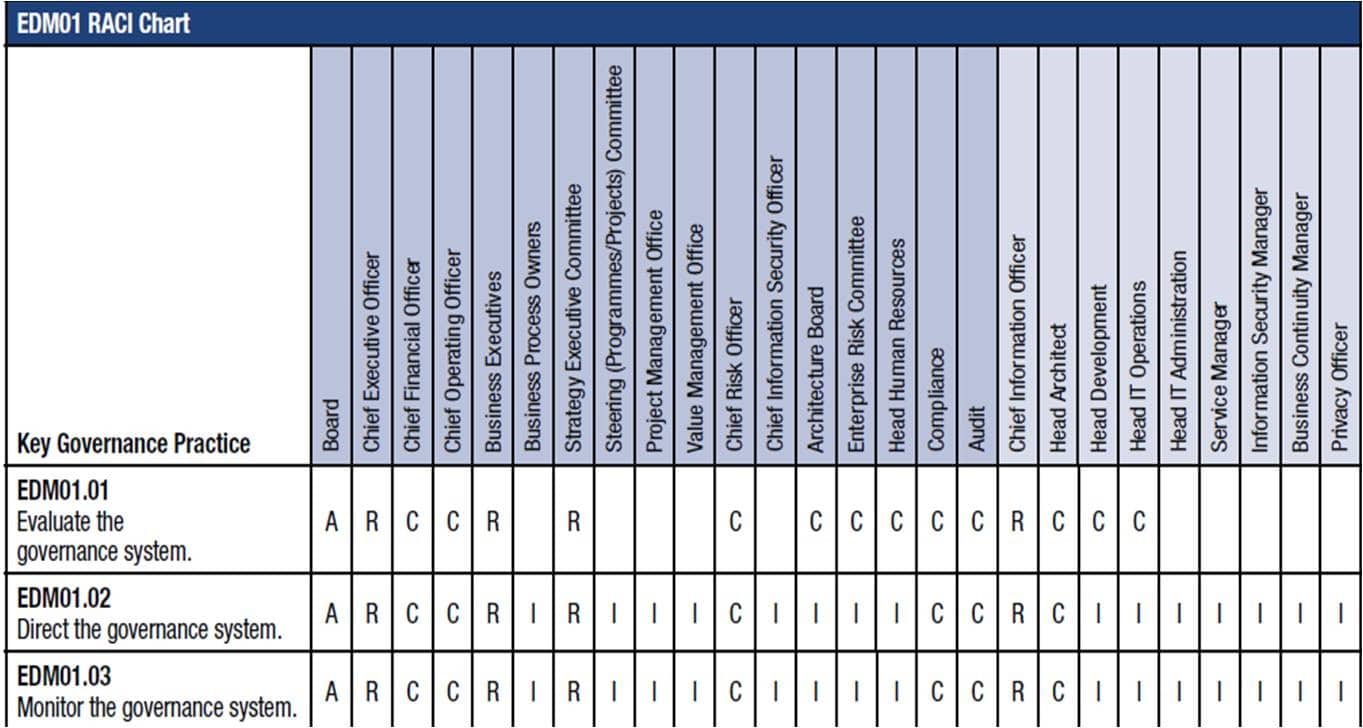Energy Savings Opportunity Scheme has already been launched. In fact, it is by now in its initial phase. However, many businesses are still not aware of the new scheme, especially those who are covered by the qualifications for ESOS. To help them understand what they need to do in compliance to the energy efficiency strategy, here are key steps they can follow along the way.
Measure Overall Energy Consumption
The first step to complying with ESOS is to make an initial estimate of the business? energy consumption. This includes measuring the use of electricity, renewable energy, combustible fuels and all other forms of energy consumed whether in buildings, transports and industrial processes.
Three important factors to consider are the measurement units used, the reference period and quality of data. Energy units, such as MWh and GJ, or energy expenditure costs should be applied. Business enterprises should also do the initial measurement within a reference period of 12 months. Moreover, data collected should be verifiable at hand.
Identify Areas of Significant Energy Consumption
When the total energy consumption for all the activities and assets has already been estimated, it’s then time to identify what areas in the organisation comprise the significant portion of the overall energy usage. The areas recognised should cover at least 90% of the overall consumption. Meaning to say, ESOS participants have the chance to omit 10% of the energy consumption and instead focus on the 90%. This would ensure that subsequent energy audits will be cost-effective and proportionate.
Consider and Choose Compliance Routes
In order to comply with ESOS, qualified businesses should consider what compliance routes to take. These routes include taking series of energy audits, operating and implementing a certified ISO 50001 energy management system, acquiring Display Energy Certificates (DECs) and working with Green Deal assessments. Whichever route the business takes, one should maintain credible evidences, along with helpful documents, to certify their compliance.
Report the Compliance
Except when the large enterprise covers all the significant areas of energy consumption by means of ISO 50001 certification, one should appoint a lead assessor to supervise, conduct and review the organisation’s chosen ESOS compliance route. In this case, the approved assessments should then be signed off at board level to ensure that the conclusions and recommendations for energy savings are properly carried. To confirm their compliance, the business should submit a formal notification to the Environment Agency.
Because ESOS is not just an opportunity but also an obligation, it designated compliance bodies and gave them the authority to file civil penalties towards those who fail to comply with the scheme. Not only that, these appropriate authorities have the right to publish information about non-compliant enterprises including their name, details of non-compliance and corresponding penalty amount. Among these UK compliance bodies are Natural Resources Wales, Environment Agency in England, The Scottish Environment Protection Agency (SEPA) and Northern Ireland Environment Agency.
So, if you are covered with the ESOS qualifications, make sure to be informed. As the famous saying goes, ?Ignorance of the law excuses no one.? Likewise, awareness of ESOS is a responsibility every large business in UK should give importance to.
Contact Us
- (+353)(0)1-443-3807 – IRL
- (+44)(0)20-7193-9751 – UK
